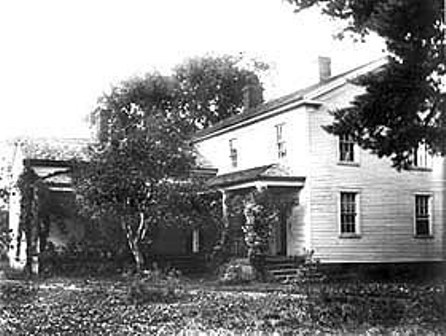Brandywine Falls

Industry in the Cuyahoga Valley developed around natural features in addition to the man-made Ohio & Erie Canal. At sixty feet, Brandywine Falls stands taller than any other waterfall in the national park. Brandywine Falls provided early settlers of the valley with a beautiful landmark, as well as an important source of waterpower. In 1814, entrepreneur George Wallace built a sawmill to be powered by the rushing falls. Over the next ten years, Brandywine Village developed around the sawmill, which eventually included grist and woolen mills, as well as small group of houses for the mill workers and their families.
One of the earliest local communities in the nineteenth-century Cuyahoga Valley, Brandywine Village and its history illustrated the close ties between local industry and transportation networks. In 1825, George Wallace transferred his mill and properties to his children, who then established the Wallace Brothers Company. For thirty years, the village's mills and distillery thrived, producing wool, animal feed, and whiskey. The introduction of the Ohio & Erie Canal in the mid-nineteenth century brought new business and settlers to the Cuyahoga Valley who populated new communities in Boston and Peninsula. Without direct access to the canal, however, Brandywine Village watched as goods traveled between Akron and Cleveland, bypassing their own industrial settlement. Railroads, which came to the valley a few decades later, only hastened the village's demise. During the 1920s, Brandywine Village found new life and industry when Willis Hale built the Champion Electric Company amongst the ruins of Wallace's gristmill. Hale's company manufactured restaurant appliances until 1937 when lightening destroyed the factory and ended his business in the valley.
A boardwalk now invites visitors to enter the mossy gorge that once housed Brandywine Village settlers. The James Wallace House, built by George's son in 1848, now operates as the Inn at Brandywine Falls, inviting guests to immerse themselves in the location's history. Besides the restored house, only trace ruins of the village remain. Years of disuse and the construction of Interstate 271 contributed to the settlement's loss. With only the foundations of the gristmill visible to visitors today, the grandeur of the falls often eclipses the memory of the forgotten Brandywine Village.
Audio
Images




